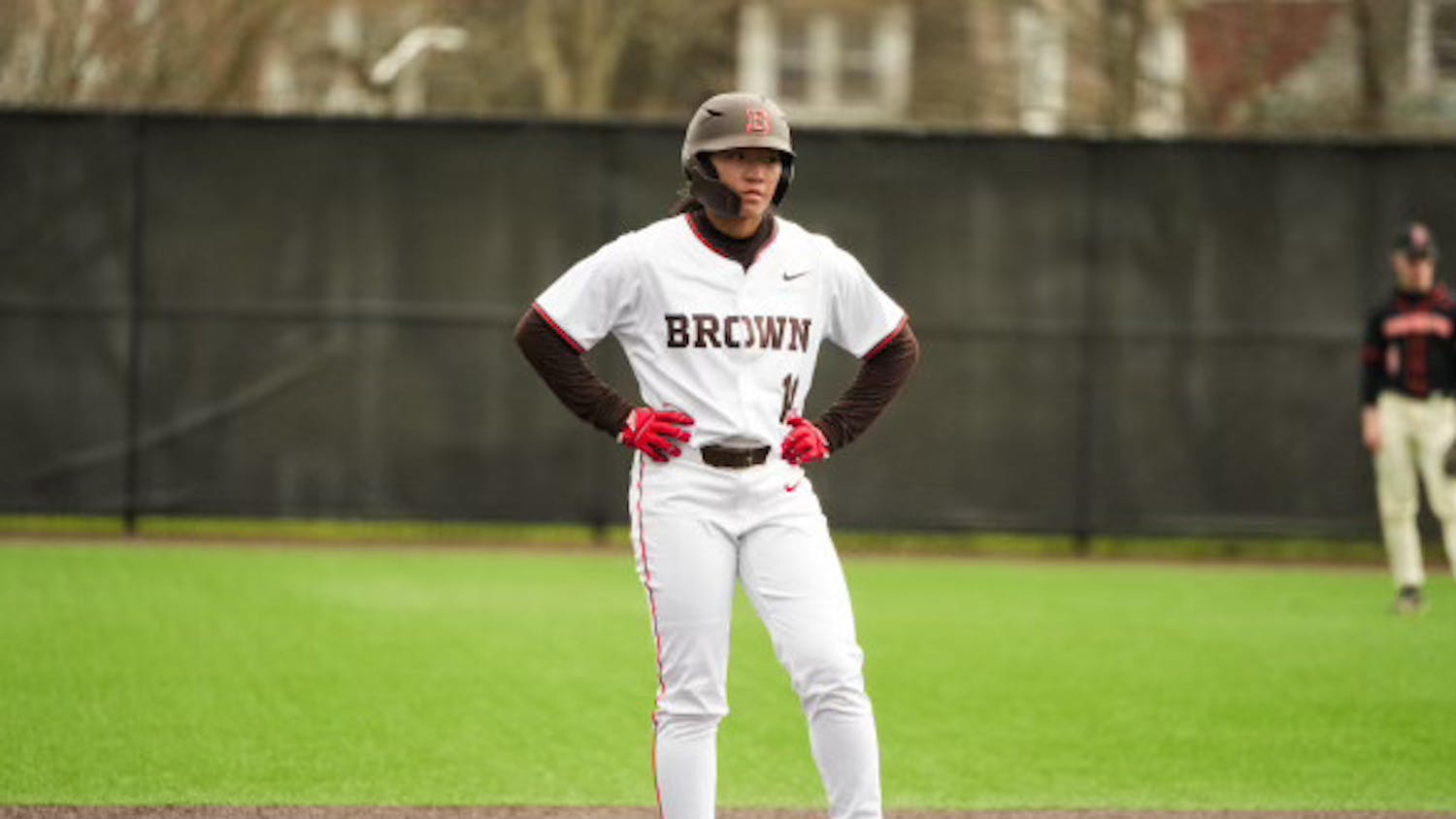Each week The Numbers Game breaks down one Dartmouth sports statistic.
This week’s number: .784 — Dartmouth baseball’s home winning percentage
When the Biondi family donated $5.2 million in 2009 to help renovate the facilities of Red Rolfe Field, they hoped to provide Dartmouth baseball with the facilities necessary to foster an environment where the team’s winning tradition would continue for decades to come. The renovation included new state of the art dugouts, press boxes and increased seating capacity. That being said, the field’s new synthetic surface may have had the greatest impact on the Big Green’s win-loss record.
Since the installation of the new playing surface, Dartmouth baseball has won at a gaudy .784 clip in 97 contests at what is now known as Red Rolfe Field at Biondi Park. To put that number in perspective, the team has amassed a .495 overall in all games over that time. This stark difference indicates that there is something else going on other than some good old-fashioned home cooking in Hanover. As a means for comparison, the winningest team in Major League Baseball history, the New York Yankees, has recorded an overall winning percentage of .569 since the team was founded in 1903.
Some may argue that Dartmouth’s recent success at home can be attributed to the fact that they play stronger opponents away from home while almost exclusively playing Ivy League teams in Hanover. This notion can be easily refuted based on the fact that Dartmouth is 32-6 against non-Ivy League opponents at home, while recording an overall 61-106 record against non-Ivy teams away from Red Rolfe Field at Biondi Park over the same time frame. In other words, Dartmouth has benefitted from an increased bump in winning against both Ivy and non-Ivy opponents.
The Big Green’s home and away splits prior to 2009 also help to support the idea that the turf field has given the team an advantage in recent years. In the five years before the new field was put in the Big Green accumulated a record of 33-32 or a .508 winning percentage in home games. In essence, the installation of the turf has coincided with Dartmouth winning at a more than 20 percent higher rate. This dramatic shift in home performance has propelled Dartmouth to five straight appearances in the Ivy League Baseball Championship Series, where they have just come up short of capturing an Ivy title each year.
Apart from the Dartmouth baseball program simply trending upward over the last decade, these numbers make it evident that the turf field must have had some impact on the team’s recent success — specifically, from a defensive perspective. For one, it allows the team to train throughout Hanover’s capricious weather patterns. A regular grass field requires a significant more amount of grounds crew maintenance and is often rendered completely useless on wet or icy days. This turf field is equipped with advanced drainage, allowing the field to be usable even on extreme weather days. This flexibility gives head coach Bob Whalen and his players more repetitions on their home field, leading to more sure-handed plays being made come game time.
Secondly, turf fields play at a much faster speed than traditional grass surfaces. Most teams in the Ivy League and across the nation have to adjust to the quicker infield when they come to Hanover, affording Dartmouth with another advantage over its opponents.
As Red Rolfe Field at Biondi Park enters its seventh year, the turf field hopefully will once again give a leg-up to the Big Green over its opposition during home games this year. This bodes well for Whalen and his players as they attempt to get to the Ivy League Championship Series for a sixth straight year and win their first title since the 2009-10 season. The team opens Ivy League play away against Princeton University and Cornell University before returning to Hanover for a week-long homestand.


